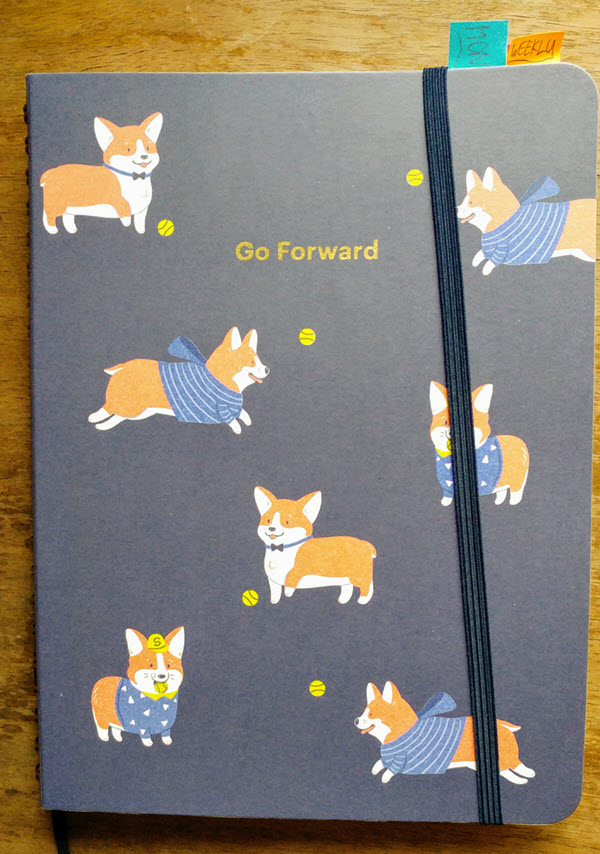
Immediately after reading an article on David Allen and his brainchild Getting Things Done, I started with implementing his methodology. I loved it. I still love it - especially the Getting Things Done concepts of inbox ZERO, maintaining lists, and periodic reviews.
Inbox ZERO for me is not so much about having empty email inboxes, as well as making sure that input is collected from multiple locations and stored into one dedicated location. An inbox can also be a notebook, or note taking software like Google Keep.
Electronically stored lists have the benefit of being available on a multitude of devices, the ability to synchronize between them, backups, and their biggest advantage - providing dynamic views.

Both tools that I have been using so far (the open source Java application ThinkingRock [1], and Emacs in Org mode [2]) for maintaining lists of actionable items and projects were great in that perspective. Using those tools for periodic reviews was a different story. After trying numerous configurations I never got the hang of using ThinkingRock and Emacs for that purpose. Items become abstract letters on a screen. Views never fully captured what was important or which project served which goal.
Periodically reviewing projects and actionable lists is in my opinion the single most important thing one needs to do in order to achieve one's long term goals. You need to step out of the operation and look back, in order to plan ahead.
Writing something down with pen on paper is completely different than typing something on a keyboard. Using pen and paper forces you to think more about what exactly it is that you want to write down beforehand. It cannot be changed as easily as with typed words. It also forces you to think about the visual structure: Where to write down what, where to locate it on the paper. Which page, what size, which color ink.
Therefore, in 2017, after a long hiatus, I started using a physical planner again to keep track of projects and actionable items. While looking for a 2018 planner I came across one from Mossery [3], a company I hadn't heard of before. They allow you to customize your planner somewhat, regarding the look as well as the contents.
The planner itself consists of a year section, a monthly overview as well as detailed weekly pages. It has space for recaps, overviews, and highlights of past periods. It's ideal to tick off list items on a daily and weekly base, and naturally nudges you to review each week, each month, and even the year.

The less time I spend looking at screens, the more I can focus on the vision, on more ambitious goals. Where before I tried to automate and tweak as much as possible using applications - the tooling, I'm now focused on the content, the vision.
Mossery is a small company from Kuala Lumpur, Malaysia, and I had the pleasure to meet some of their wonderful team in person for an explanation behind their planner. They're a passionate bunch, and it shows - their planner is chock-full of small details, like a list of personal heroes and inspirational quotes.
Their 2018 planner inspires me to set my future goals even higher - by using old and proven technologies: pen and paper (planner).
| [1] | https://www.trgtd.com.au/ |
| [2] | http://orgmode.org/ |
| [3] | https://www.mossery.co/collections/2018-planner |
Comments
comments powered by Disqus